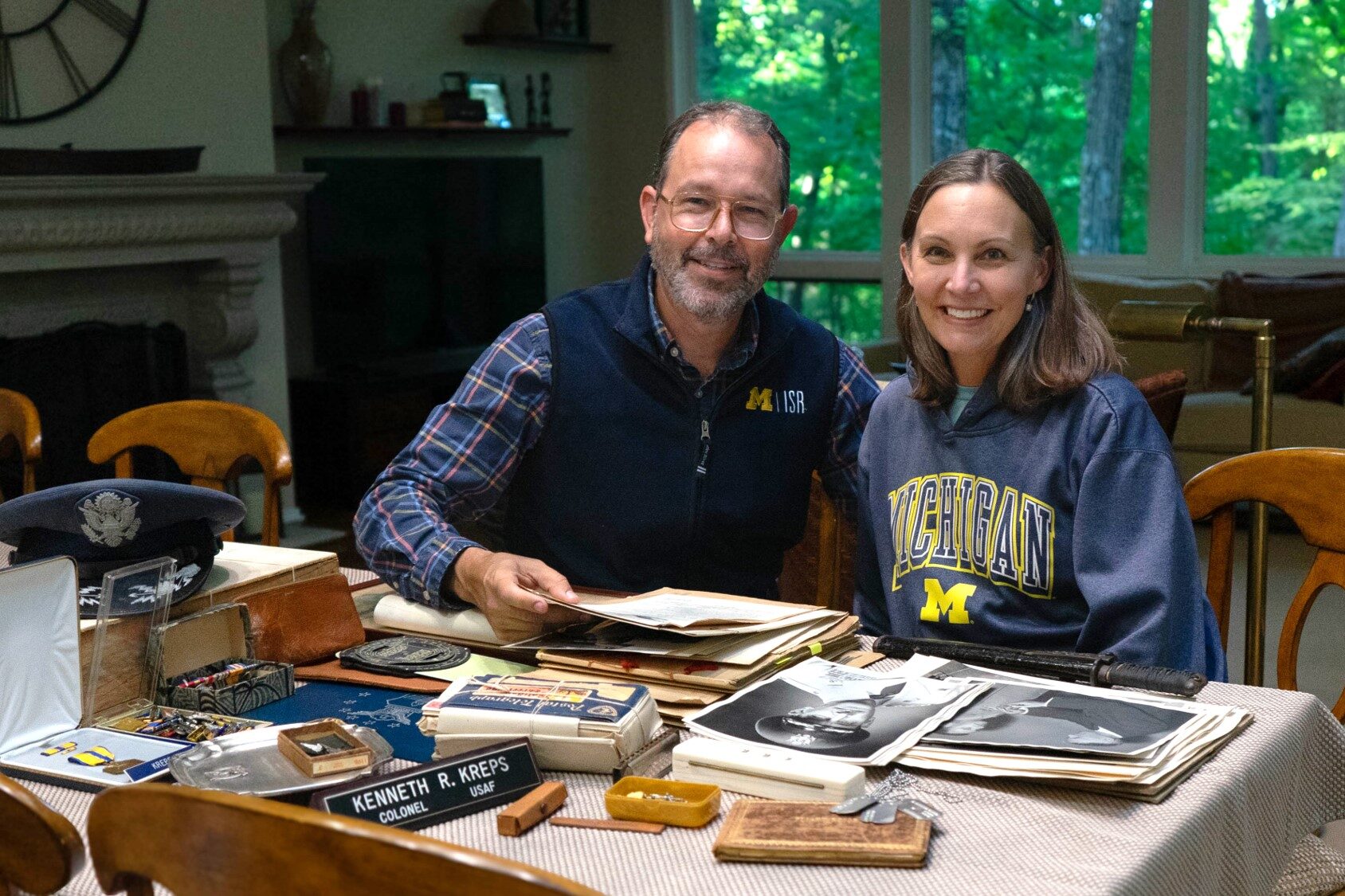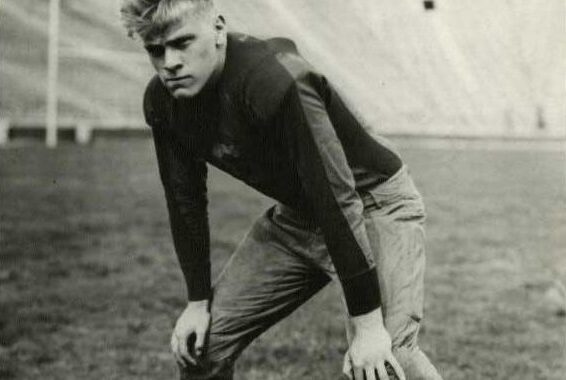A family’s quest for a hero’s ‘war chest’

From undisclosed honors to covert operations, the valiant military exploits of Colonel Kenneth Kreps were veiled in secrecy until a fateful discovery by his descendants. Witness the unveiling of a World War II hero’s saga as his family unpacks a long-lost treasure trove of historic memorabilia.
-
iPhones are musical instruments in new course and ensemble
iPhones are being used as musical instruments in a new course at the University of Michigan. The students design, build and play instruments on their smartphones.
-
Bill Martin's legacy
As he approaches retirement, the athletic director will go down as one of U-M’s most influential figures.
-
Chorus girls
The presence of chorus girls at a 1921 fraternity party revealed scandalous behavior by students and administrators alike.
-
'Paul is Dead!' (said Fred)
Forty years ago, a prankish article in the Michigan Daily helped create a modern myth: Beatle Paul McCartney was dead.
-
Vanishing act
In April, President Mary Sue Coleman announced that the University of Michigan’s three campuses will go smoke-free in 2011. Now comes the tough part.
-
Veterans Radio
U-M alumni and Vietnam veterans Dale Throneberry and Bob Gould found their calling in the stories of fellow vets.
Columns
-
President's Message
Eureka! A look at the knowledge ecosystem
With $1.86 billion in research funding, U-M is leading the way in everything from energy solutions to artificial intelligence. -
Editor's Blog
A crisis by any other name…
You know what they say about opportunity. It knocks but once before the door slams shut. -
Health Yourself
So much for farm to table … We’ve got lab to table now
Who's ready to eat chicken that scientists 'hatched' in a lab and not from an egg? -
Climate Blue
How to keep your head above uncharted waters
Ricky Rood says goodbye to Floodtown as he guides us through the changing climate.
Commemorating an exceptional presidency
Fifty years ago, at a time of great division and turbulence in the U.S., Gerald R. Ford was sworn in as the 38th president of the United States. President Ford’s legacy is very much alive at the Ford School of Public Policy. This slideshow is inspired by the school’s recent tribute, “A life of public service,” in the Spring 2024 issue of State & Hill magazine. As noted by the editors, the values that distinguished Ford remain highly relevant to policy students today: his lifelong commitment to principled public service, his integrity, and his ability to connect across differences to forge consensus.
















